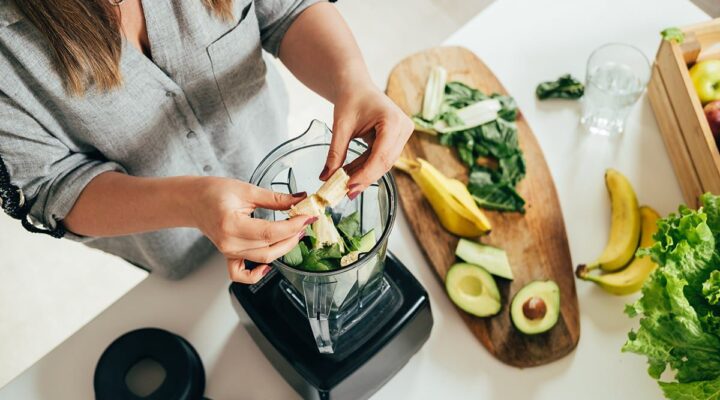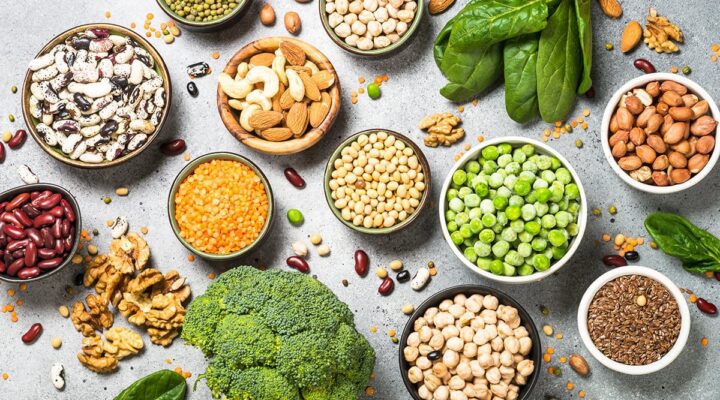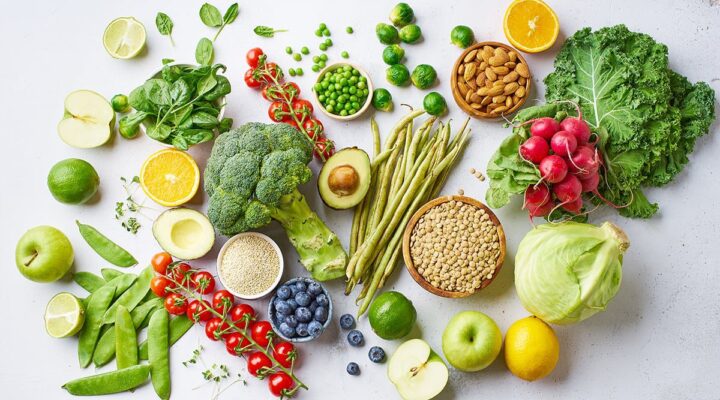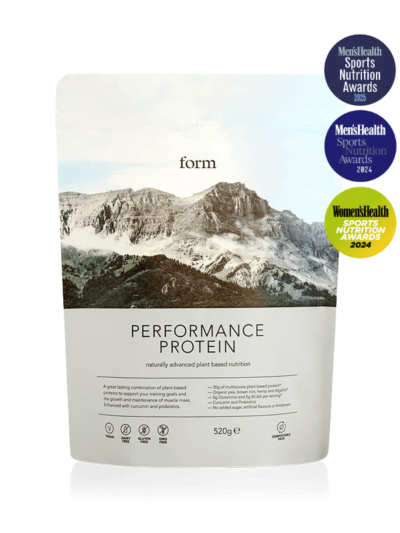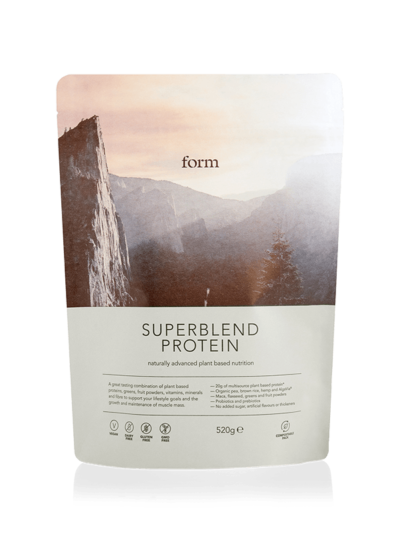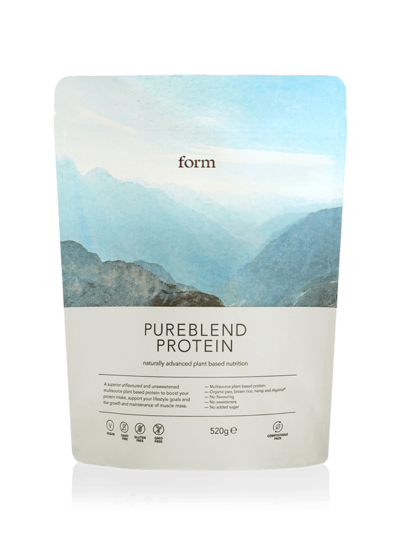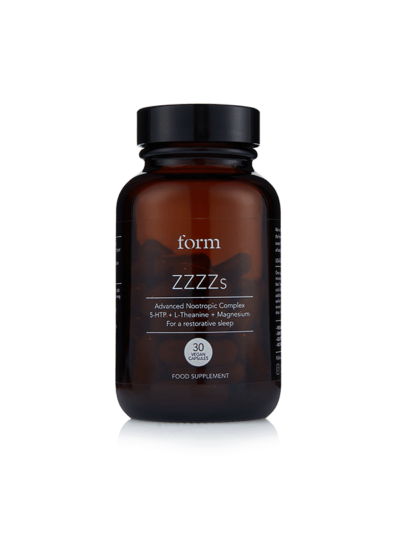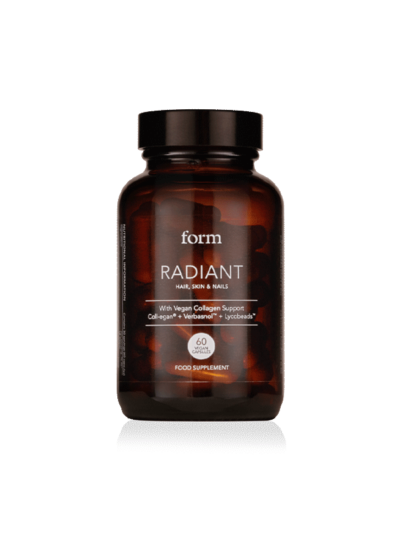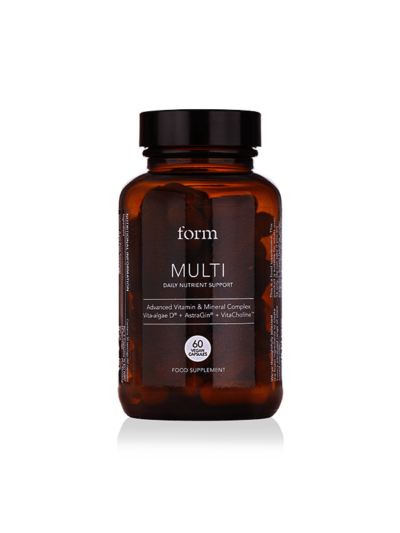A Dietician’s Guide to Changing Your Gut Microbiota
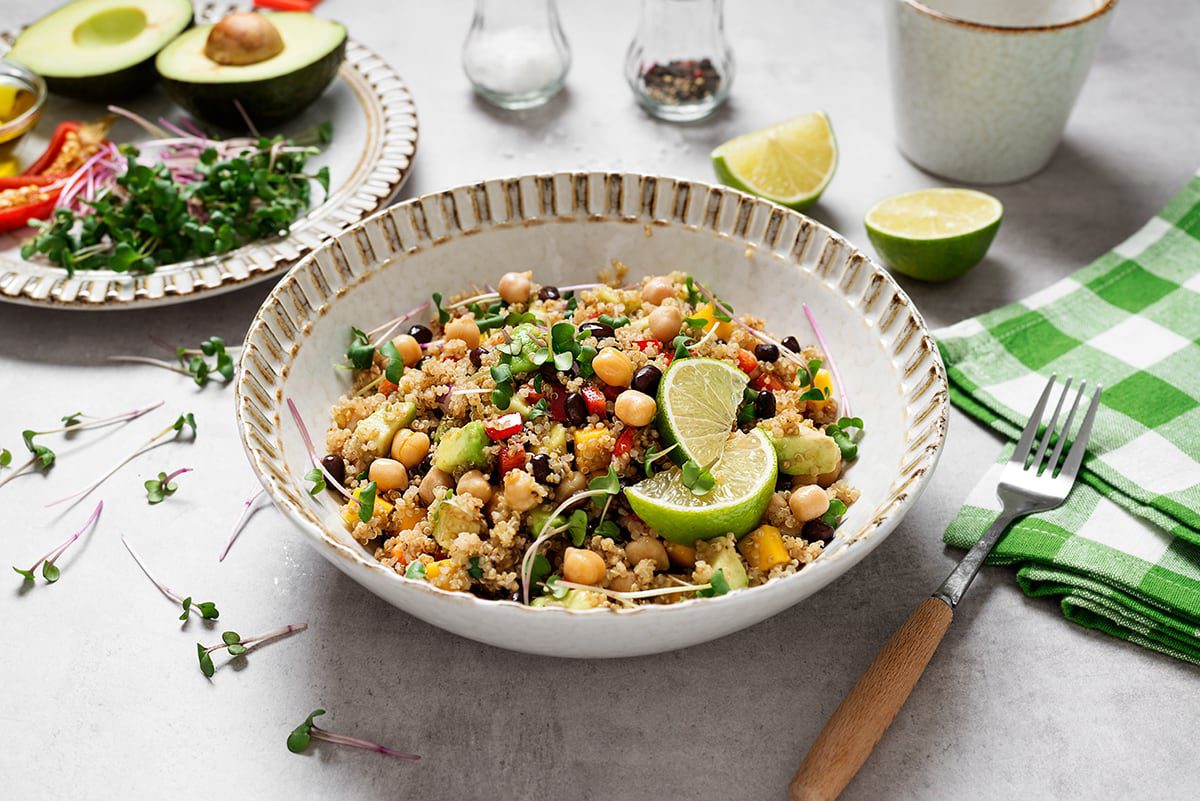
Growing research has found a direct correlation between the trillions of bacteria in your digestive tract and almost every aspect of the human body, from our end-of-summer immunity and day-to-day mental wellbeing to preventing long-term chronic illness.
The good news if you’re yet to jump on the gut health bandwagon? Studies suggest that our microbiome doesn’t exist in a fixed state, and that it’s highly adaptable to change.
To that end, we asked Clementine Vaughan, leading dietician at Third Sister, to break down the best evidence-backed strategies to positively shift your gut flora and feel more balanced.
How quickly can you change your gut bacteria?
“There’s research to suggest that your gut health can change surprisingly quickly, sometimes in as little as a day,” explains Vaughan. “A good example is taking a course of antibiotics to treat an infection – this can effectively wipe out much of your gut microbiome overnight,” she notes.
When it comes to improving and supporting the microbiome, benefits can take a little longer to show and require a level of commitment, as studies have found that gut microbes can return to their original make-up if you’re not consistent with good habits.
“Long-term change comes first and foremost from your diet,” says Vaughan, “as your microbiome is a bit like a rainforest; it isn’t a simple case of eating one food and expecting one specific strain of bacteria to grow.
“Instead, what you eat can influence many different strains at once, which in turn interact with others, helping some to thrive and others to be suppressed.”
In this way, your gut is a constantly evolving ecosystem, and one that needs continual nourishment to keep it in harmony. “A good analogy is that it’s like looking after a sourdough starter – you can’t just feed it once and expect it to last forever. You have to care for it regularly,” Vaughan adds.
Vaughan’s golden rules for improving your gut health
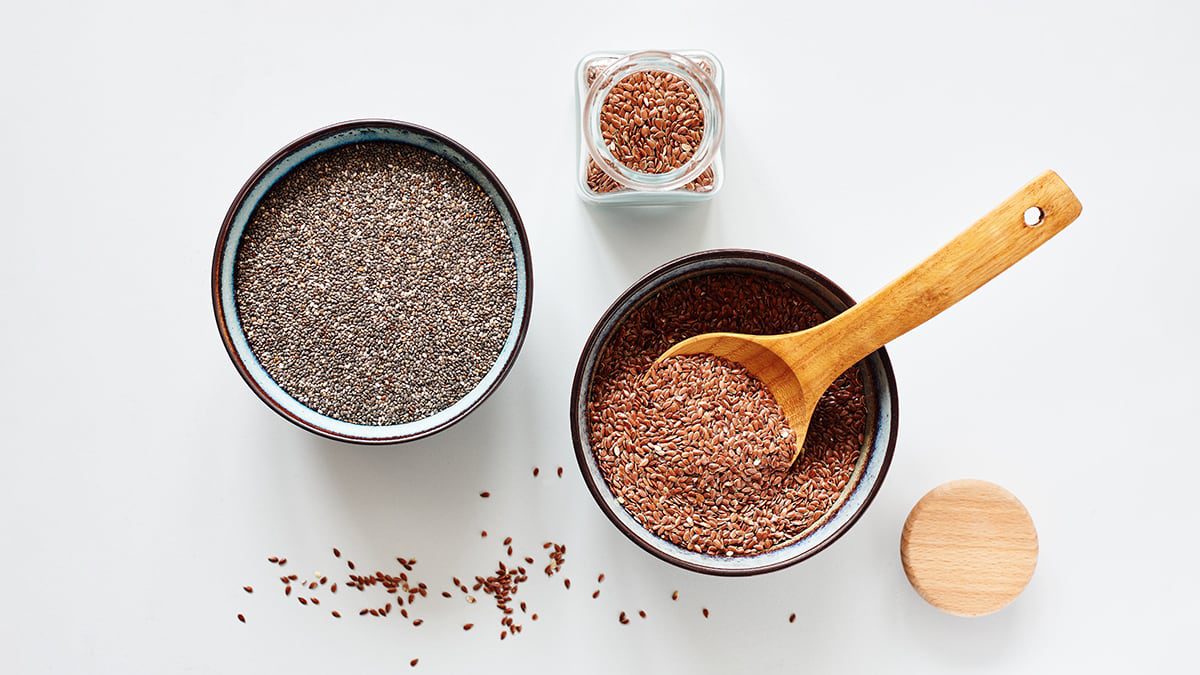
Opt for 30 grams of fibre per day
The most effective way to change the environment in your gut doesn’t lie in punishing detoxes or liquid diets, but in simply upping your intake of plant-based foods which are rich in dietary fibre.
Not only does a diet full of fibre aid digestion, but it serves as ‘good’ food for gut bacteria. Despite this, it’s a real point of deficit for many people, with more than 90% of adults not eating enough according to the National Diet and Nutrition Survey (NDNS).
“The recommended daily fibre intake for adults is 30 grams, which is a lot higher than many people expect,” says Vaughan. “In practice, that can be a tall order to reach, particularly if you’re not already in the habit of eating fibre-rich foods.”
If you’re looking for easy ways to up your roughage, Vaughan suggests throwing a spoonful of flaxseeds and chia seeds into your breakfast cereal or yoghurt. “You can even stir them into guacamole or scatter them over a salad,” she adds. “It’s these add-ons that can really make a difference.”
Bulk out your meals with beans
Beans are considered a superfood because they’re one of the most nutritious foods you can eat. Packed with both soluble and insoluble fibre, they support digestion and can keep you feeling fuller for longer. Some of the most fibre-rich options include lentils, chickpeas, black beans and kidney beans.
“Next time you’re having a salad, throw in some canned varieties,” says Vaughan. “They’re cheap, easy to store and incredibly versatile. You can stir them into stews, soups or pasta dishes, and they really pack a punch when it comes to boosting your fibre intake.”
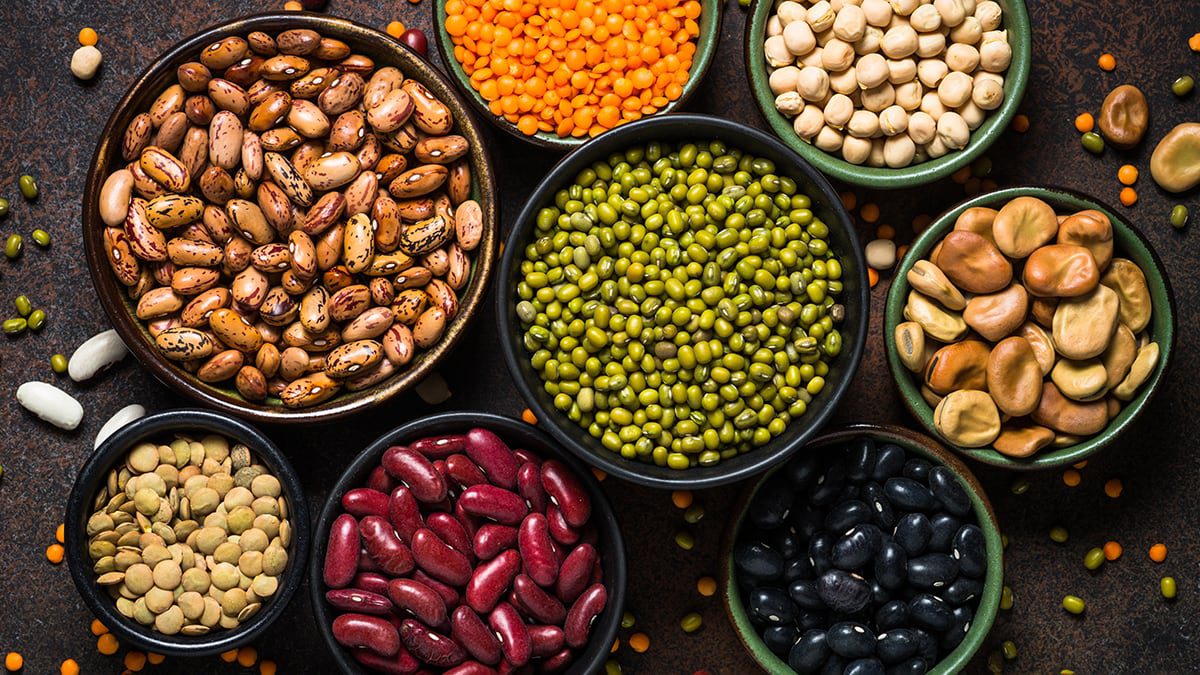
Know your high-fibre plants
But it’s also worth knowing that not all plant foods are made equal, and some are less fibrous than others.
“Take lettuce for example – people often think it’s fibre-rich, but really it’s mostly water, at least in the quantities we tend to eat,” warns Vaughan. “It’s still great to have, but if you’re looking to hit that 30-gram target, you’ll want to prioritise higher fibre-dense foods such as lentils, chickpeas and avocados.”
Eat the rainbow
Studies still suggest that eating the oft-quoted five portions of fruit and vegetables a day can have a positive impact on your gut health.
However, when it comes to your microbiome, there’s a new school of thinking that it’s not just the amount of plants we pack into our meals, but the variety we get too.
Aiming to eat 30 different plants a week can boost the diversity and health of your gut bacteria, although Vaughan stresses that this target might not be achievable for everyone overnight.
“If you’re currently averaging around ten plant varieties a week, try nudging it up by adding one or two extra plants to your shopping trolley, and gradually increasing the number over time.”
Go slowly
Finally, adding fibre to your diet slowly over a few weeks allows the natural bacteria in your digestive system to adjust to the change. Throw too much into the mix, too soon, and you could be struck with an uncomfortable bout of bloating and gas.
“If you’ve calculated you’re not getting enough fibre and it’s something you’re wanting to up, my advice would be to take it slowly,” says Vaughan. She recommends focusing on adding an extra few grams to your diet per day, using a tracker like MyFitnessPal to keep track of your count.
“Keep slowly nudging up your intake over several weeks and don’t go too quickly, because you might worry that it’s making you feel worse, and then you’ll be more likely to revert back to your previous dietary habits.”



